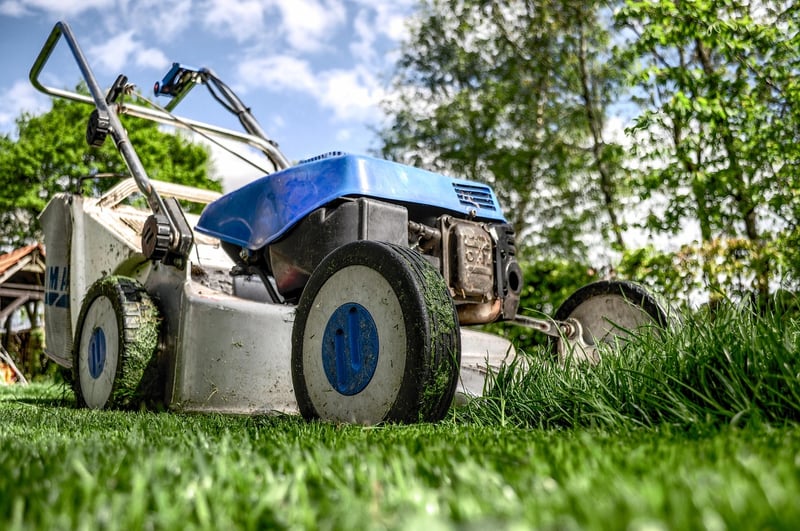Pruning Techniques
Keeping Your Garden Healthy: Essential Pruning Techniques
Having a healthy garden not only enhances the aesthetic appeal of your outdoor space but also promotes plant growth and overall well-being. One key practice in maintaining a flourishing garden is proper pruning. By utilizing the right techniques, you can ensure your plants thrive and continue to beautify your surroundings. Let's delve into some essential pruning methods to help you keep your garden in top shape.
1. Why Pruning is Important
Pruning is essential for the health and vitality of your plants. It involves removing dead or overgrown branches, shaping the plant for better growth, improving airflow and sunlight exposure, and preventing disease spread. Proper pruning also encourages the development of strong branches and promotes flower and fruit production.
2. Tools for Pruning
Before you start pruning, make sure you have the right tools for the job. Essential pruning tools include pruning shears for small branches, loppers for thicker branches, and a pruning saw for larger limbs. Keeping your tools sharp and clean will ensure clean cuts and minimize damage to the plants.
3. Pruning Techniques
3.1 Heading Cut
A heading cut involves removing a portion of a branch, typically to encourage new growth. Make the cut above a bud or lateral branch to direct the growth in a specific direction.
3.2 Thinning Cut
Thinning cuts involve removing an entire branch back to the main stem or trunk. This helps improve airflow and light penetration within the plant, reducing the risk of fungal diseases.
3.3 Deadheading
Deadheading is the removal of spent flowers to promote continuous blooming and prevent the plant from expending energy on seed production. This technique is commonly used for flowering plants such as roses and petunias.
4. When to Prune
The timing of pruning varies depending on the type of plant. In general, prune flowering shrubs right after they bloom, prune deciduous trees during the dormant season, and prune evergreens in late winter or early spring. Avoid pruning during extreme weather conditions to prevent stress on the plants.
5. Final Tips for Successful Pruning
- Always use sharp and clean pruning tools to make precise cuts.
- Remove any diseased or dead branches to prevent the spread of pests and diseases.
- Step back periodically to assess the overall shape of the plant before making additional cuts.
- Consult gardening guides or seek advice from local experts for plant-specific pruning tips.
By incorporating these essential pruning techniques into your gardening routine, you can promote the health and vigor of your plants while maintaining a visually appealing garden space. Remember to approach pruning with care and consideration for the individual needs of each plant, and enjoy the rewards of a thriving garden.

References: Royal Horticultural Society, University of Minnesota Extension
